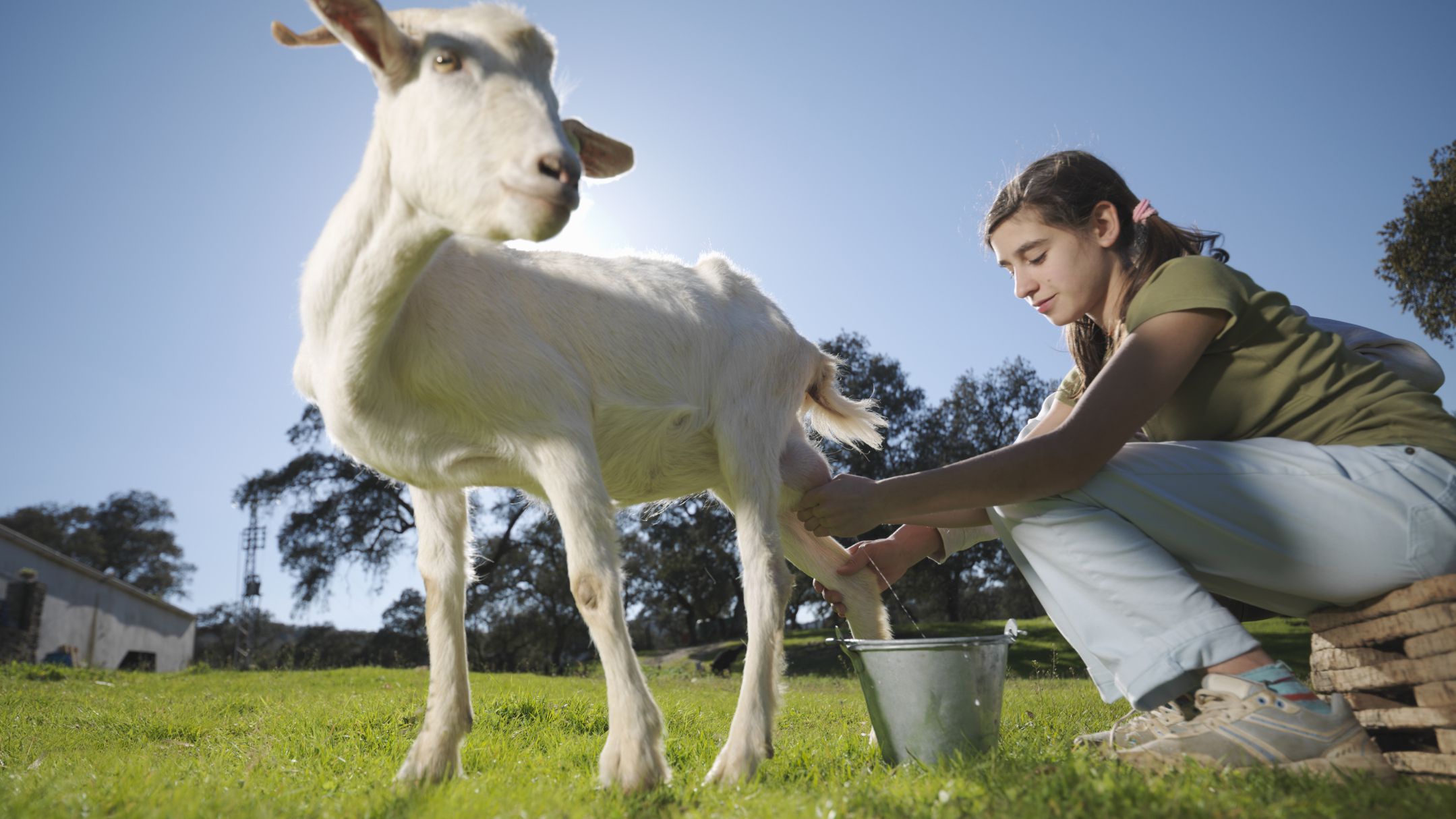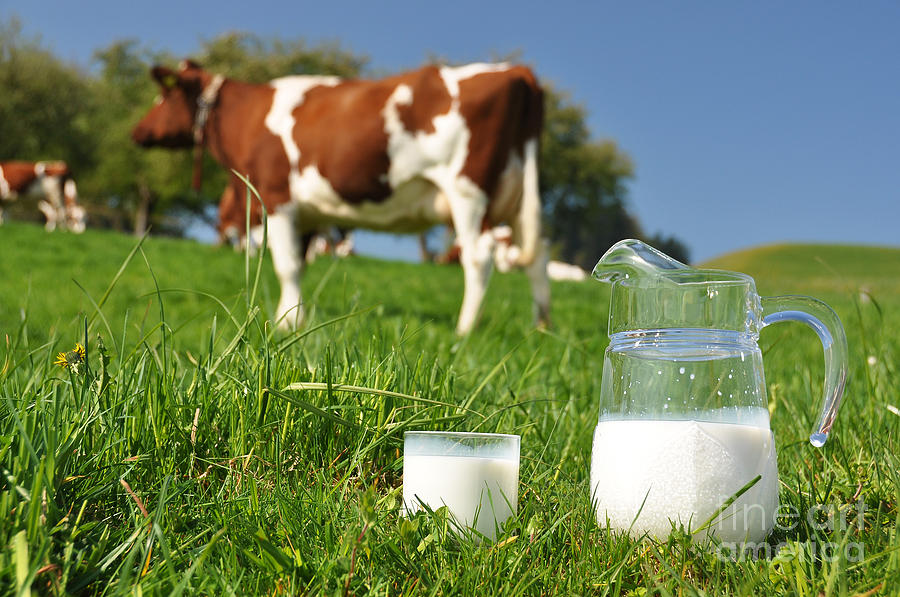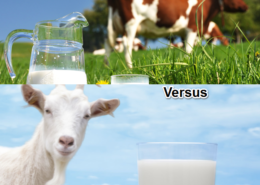Cow Milk vs Goat Milk – Which Is Healthier To The Body?
Differentiating in nutritional benefits when it comes to cow milk vs goat milk is quite dicy, but we can give you the difference between the two diets.
Goat’s milk is a good source of protein, contains less sugar (lactose), which is 13% more calcium, 25% more vitamin B6, 47% more vitamin A, and 134% more potassium than ordinary cow’s milk.
Cow Milk vs Goat Milk
Goat’s milk has a number of unique properties compared to cow’s milk.

While cow’s milk has been the main source of milk in the Western world for many centuries and remains a healthy option for many, goat milk is increasingly becoming the choice for health-conscious consumers due to its naturally easy-to-digest composition. It is also the most consumed milk in the world.

Because of its profile, goat’s milk is less likely than cow’s to cause respiratory, digestive, and dermatological symptoms in many people.
One Cup of goat’s milk provides 140 calories and 7 grams of fat with a moderate amount of cholesterol at 24 milligrams, or about 8 percent of the recommended daily allowance based on a 2,000-calorie diet.1
Goat’s milk is relatively low in sodium and carbohydrates, and high in protein and calcium, providing about 8 grams of protein and 30 percent of the recommended daily allowance of calcium per Cup.
In goat’s milk, fat globules are smaller and have a larger surface area than in cow’s milk. Smaller globules are more easily and efficiently processed by pancreatic lipase, an enzyme that digests fat.
The content of short-chain and medium-chain fatty acids in goat’s milk is significantly higher than in cow’s milk.
Triglycerides with medium-chain fatty acids have a particularly fast and efficient digestion and are excellent sources of energy.
In addition, the level of omega-6 fatty acids in goat’s milk is higher than in cow’s milk.
Protein in all milk consists of a relative amount of micro-proteins. When you drink milk, the proteins cause it to curdle in your stomach.
Alpha-casein S1 is a milk micro-protein that determines the structure of cottage cheese.
It is associated with a larger and harder curd. The level of casein alpha S1 in goat’s milk is 50% lower than in cow’s milk.
This means that a softer, more easily split curd is formed.
Beta-lactoglobulin is a more easily digested milk micro-protein. Goat’s milk contains three times more beta-lactoglobulin than cow’s milk.
Both goat’s and cow’s milk is rich in a number of vitamins and minerals.
While the levels of vitamins A and D, as well as the minerals calcium and Selenium, are higher in goat’s milk, vitamin B12 and folic acid are found in higher amounts in cow’s milk.
Some studies have also shown that the absorption of several minerals in goat’s milk is higher compared to cow’s milk.
While cow’s milk is slightly acidic, goat’s milk is alkaline. Alkaline diets lead to a more alkaline pH of the urine.
It has been suggested that an alkaline diet can prevent a number of diseases and lead to significant health benefits, including cardiovascular, neurological and muscle diseases. This issue is still under investigation and discussion.
Credit:
https://www.thespruceeats.com/goats-milk-versus-cows-milk-3376918



Leave an answer
You must login or register to add a new answer.